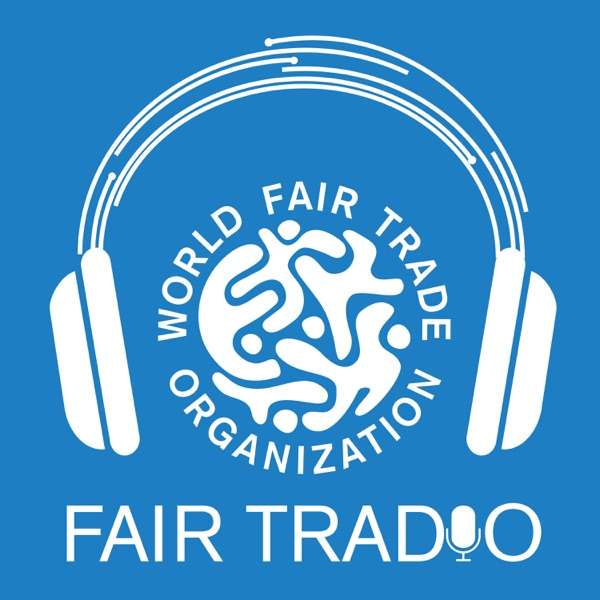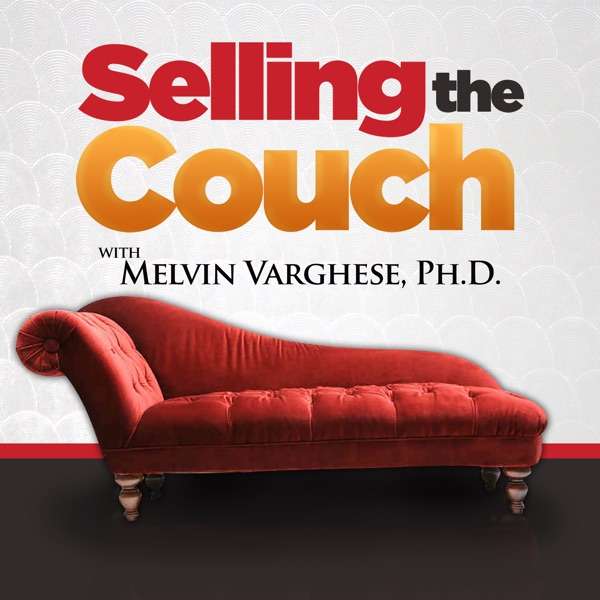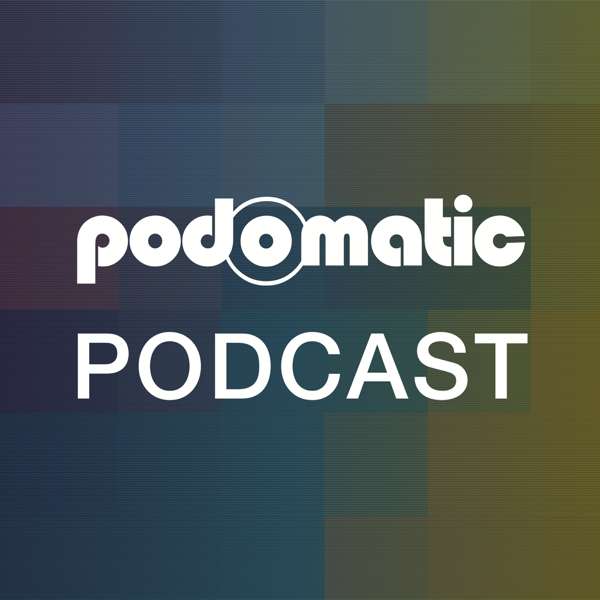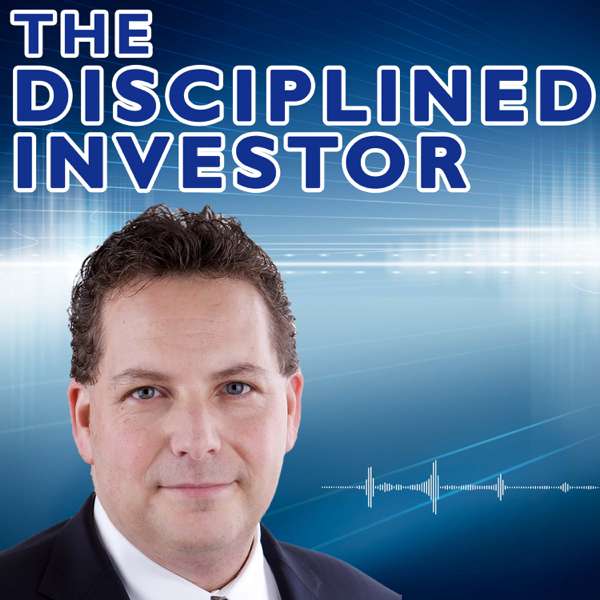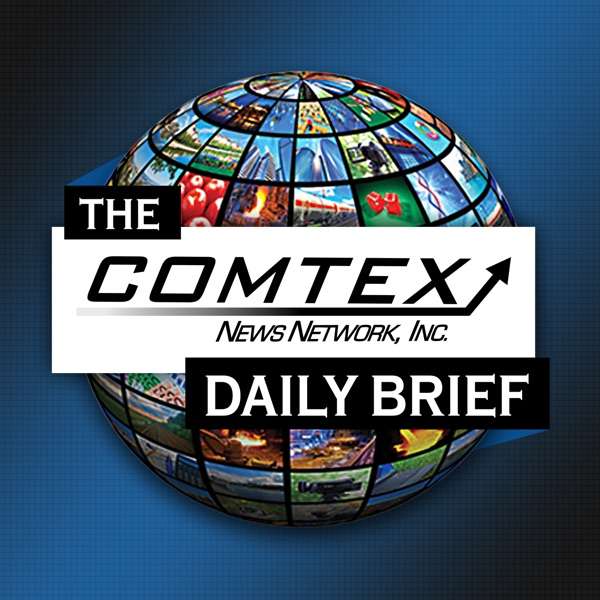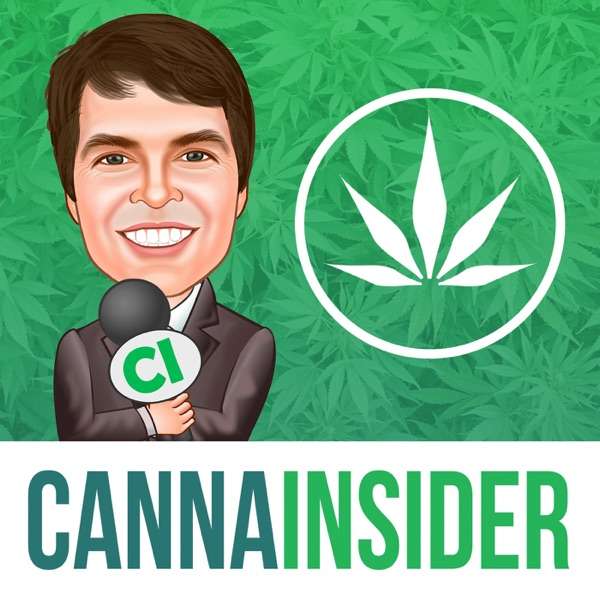Leading Economist and former Wharton Professor Dr. Peter Linneman is optimistic about the U.S. economy, although not every moment. With a divided Congress, the war in Ukraine, rising interest rates, and skyrocketing oil prices amid an ongoing pandemic, Dr. Linneman shares his quarterly predictions and provides insights to help you understand what's to come. Dr. Linneman presents the most prescient analysis, and he cites that before things got so hard, nobody could have guessed in February 2020 that the GDP could still grow by 3.5%. He considers it staggering and the main point. "We've undergrown, and we have potential just to catch up and then have normal growth. So I think that that's what's going to happen now over the next few years." Dr. Linneman mentions that a devastating variant of the virus can change anything, but the biggest wildcard he considers would stop the left to right upward kind of recovery is price controls. "I remember in 1971 when Nixon, a Republican, put in wage and price controls, and I remember the disaster that ensued. And yet, the U.S. economy grew over the five years, but it was a mess. It was an absolute mess because it's like fooling Mother Nature, right? Once you do this price, there's a knock-on effect on another. That's what we found out during the shutdown. You shut down one thing, but you also shut down many other things. So the biggest risk to the recovery is not interest rates, it's not inflation, it's wage and price controls." The leading economist adds that looking at the real factors matter. Over two years, real GDP, a crude measure of demand in the economy, has been up 3.5%. Industrial output, a crude measure of industrial goods capacity, is down 1% and employment, a crude measure of service sector supply down 1%, and demand's up 3.5%. Willy and Dr. Linneman cover how to bridge the gap as new government policies create an imbalance between the carbon economy and a green economy, pushing into renewables when there is still the demand for fossil fuels while exploration and refining companies are not investing anymore. In the world of CRE, Dr. Linneman cites things to consider when you're considering an investment in 2022. You have to look at the relative demand growth versus supply. "Generally over a three to five year period, supply and demand are going to grow about the same. If you're a developer, you want to be where demands grow because you're in the business of servicing growth with your fees and creating products and so forth. If you're an investor, you care about supply and demand. So the red hot cities are certainly industrial, people are looking at them pretty attractively for investing, and in the red hot cities, they're looking at them, certainly from multifamily. The cold cities are starting to get a relook." Tune in to this new episode of the Walker Webcast - The Best Hour in CRE with Dr. Peter Linneman.
GET NOTIFIED about upcoming shows: » Subscribe to our YouTube channel here: https://www.youtube.com/channel/UC5jhzGBWOTvQku2kLbucGcw » See upcoming guests on the #WalkerWebcast here: https://www.walkerdunlop.com/webcasts/
Listen to the replay!
If you have any comments or questions, please reach out to your main Walker & Dunlop point of contact. We are all available to answer questions and provide assistance. Additionally, if you have topics you would like covered during one of our future webcasts, we would be happy to take your suggestions.
Learn more about your ad choices. Visit megaphone.fm/adchoices

 Our TOPPODCAST Picks
Our TOPPODCAST Picks  Stay Connected
Stay Connected


